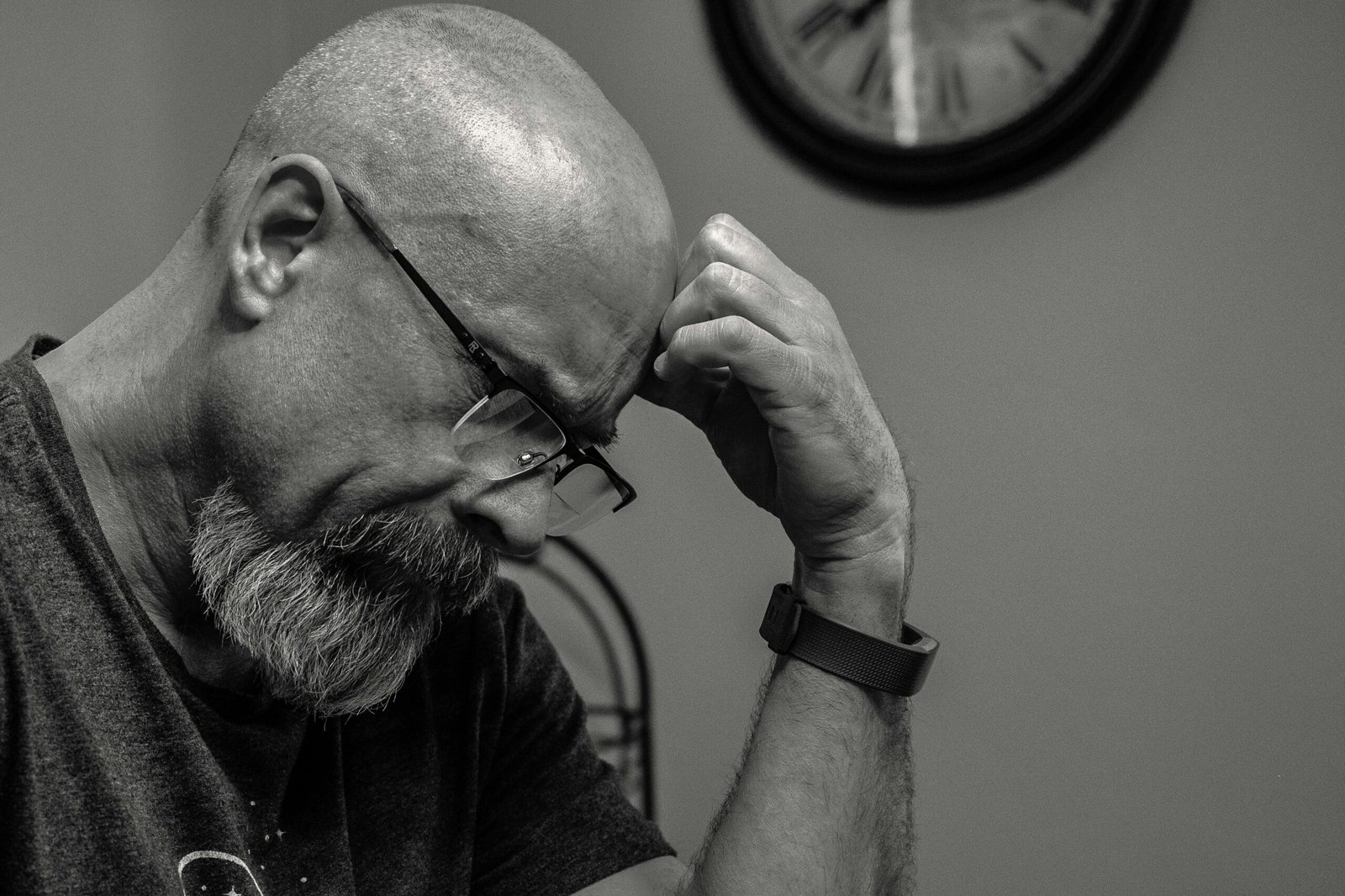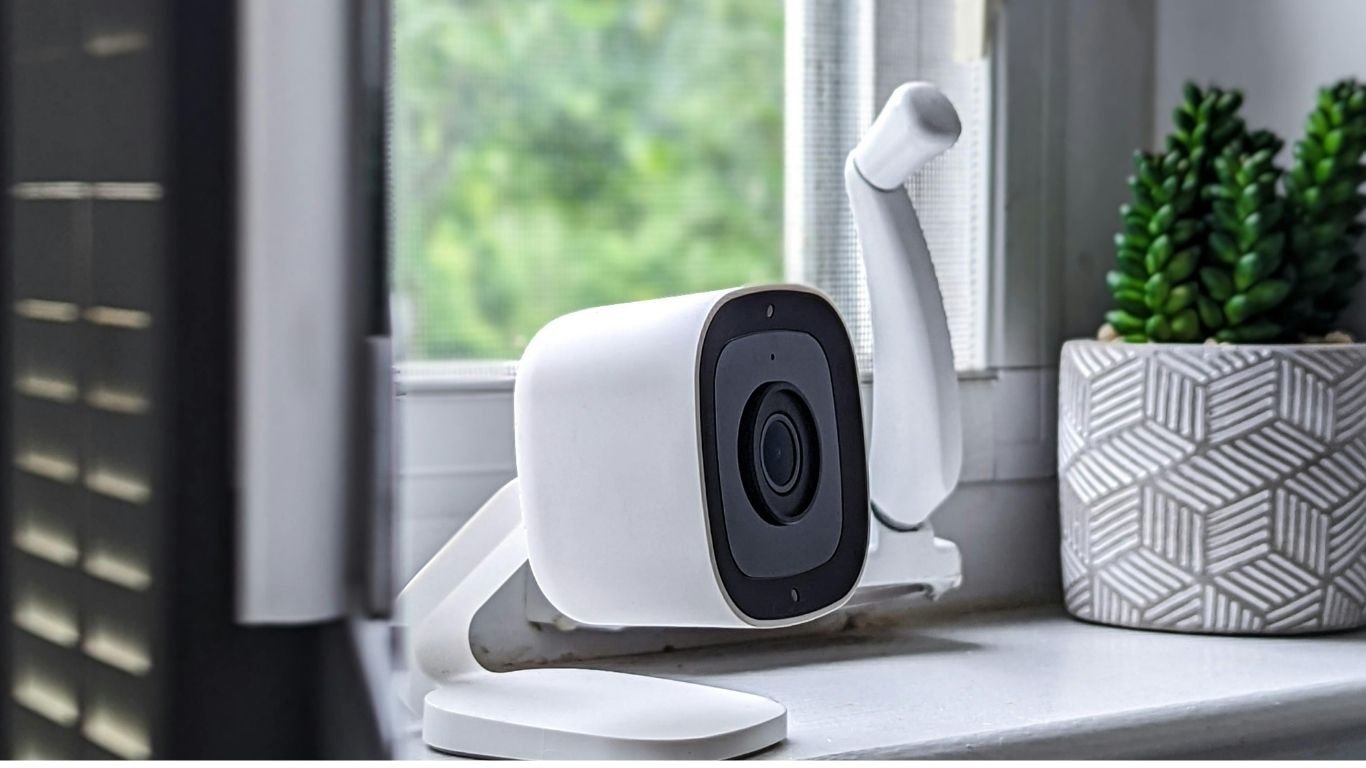A Viral TikTok Every Parent Is Talking About
A simple classroom song called “This Is My Private Part” has exploded on TikTok, gaining more than 90 million views worldwide. The video, filmed in Namibia, shows a first-grade teacher leading her students in a body safety song that teaches children to understand and protect their personal boundaries.
The children sing together:
“These are my private parts, nobody should touch them, nobody should see them.”
The direct but simple message has captured attention around the globe, sparking discussions among parents, educators, and child safety advocates.
Why the Song Matters
Experts in child development emphasize that early lessons in body autonomy are crucial for keeping children safe. The viral song is more than just a catchy tune. It gives kids the language and confidence to speak up if something feels wrong.
Through the song, children learn to:
- Recognize which body parts are private
- Understand that no one has the right to touch them without consent
- Know they can tell a trusted adult if they feel unsafe
- Normalize important conversations about safety in a positive way
For more on how music supports education and empowerment, visit our Music section.
Praise and Debate
The TikTok has been praised worldwide for its creative and empowering approach. Parents and teachers see it as a breakthrough way of addressing an often uncomfortable subject in a child-friendly manner.
However, some have questioned whether such direct messaging is appropriate for very young children. Supporters argue that silence around these issues can put kids at greater risk, and that age-appropriate, simple songs like this one provide empowerment rather than fear.
For a deeper look at how educators are supporting children, see this feature on the Namibian teacher’s viral consent song.
Beyond TikTok: A Movement in Body Safety Education
The “This Is My Private Part” song is part of a larger trend of body safety education. Around the world, educators and parents are using songs, books, and classroom activities to help children understand:
- Their bodies belong to them
- The difference between safe and unsafe touch
- Who they can trust and confide in
- The importance of saying no when boundaries are crossed
To explore more resources that support families and empowerment, visit our Mental Health & Wellness section.
Final Thoughts
The viral TikTok song shows how powerful music can be as a teaching tool. With a simple melody and clear message, children are learning that they have the right to say no and to protect themselves.
As global attention grows, this moment highlights the importance of combining creativity with education to ensure every child feels safe, respected, and empowered.
Continue reading more inspiring stories on Pump It Up Magazine.
As global attention grows, this moment highlights the importance of combining creativity with education to ensure every child feels safe, respected, and empowered.
Frequently Asked Questions About the “This Is My Private Part” Song
What is the “This Is My Private Part” song?
It is a children’s body safety song that teaches kids about personal boundaries and the importance of protecting their private parts. The song recently went viral on TikTok after being performed in a classroom in Namibia.
Why did the song go viral on TikTok?
The video gained more than 90 million views because it delivers a powerful message in a simple, memorable way. It resonates with parents, teachers, and child safety advocates around the world.
Is the song appropriate for young children?
Yes. The lyrics are direct but age-appropriate, helping children understand body safety in a clear and positive way. Experts agree that teaching body autonomy early helps prevent abuse and builds confidence.
What is the main message of the song?
The song emphasizes that private parts should not be touched or seen by others, and if someone tries, children should tell a trusted adult such as a parent, teacher, or guardian.
How can parents use this song at home?
Parents can play the song with their children and use it as a starting point for conversations about consent, safe vs. unsafe touch, and knowing who to talk to if something feels wrong.
Are there other resources like this for kids?
Yes. Many educators and child protection organizations provide songs, books, and videos designed to teach children about safety and boundaries in a child-friendly way.






